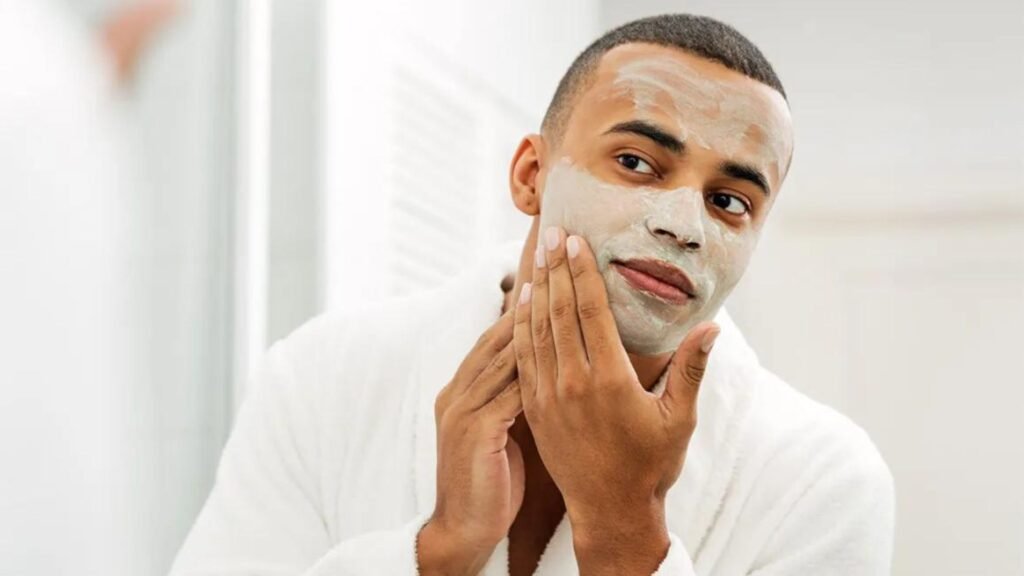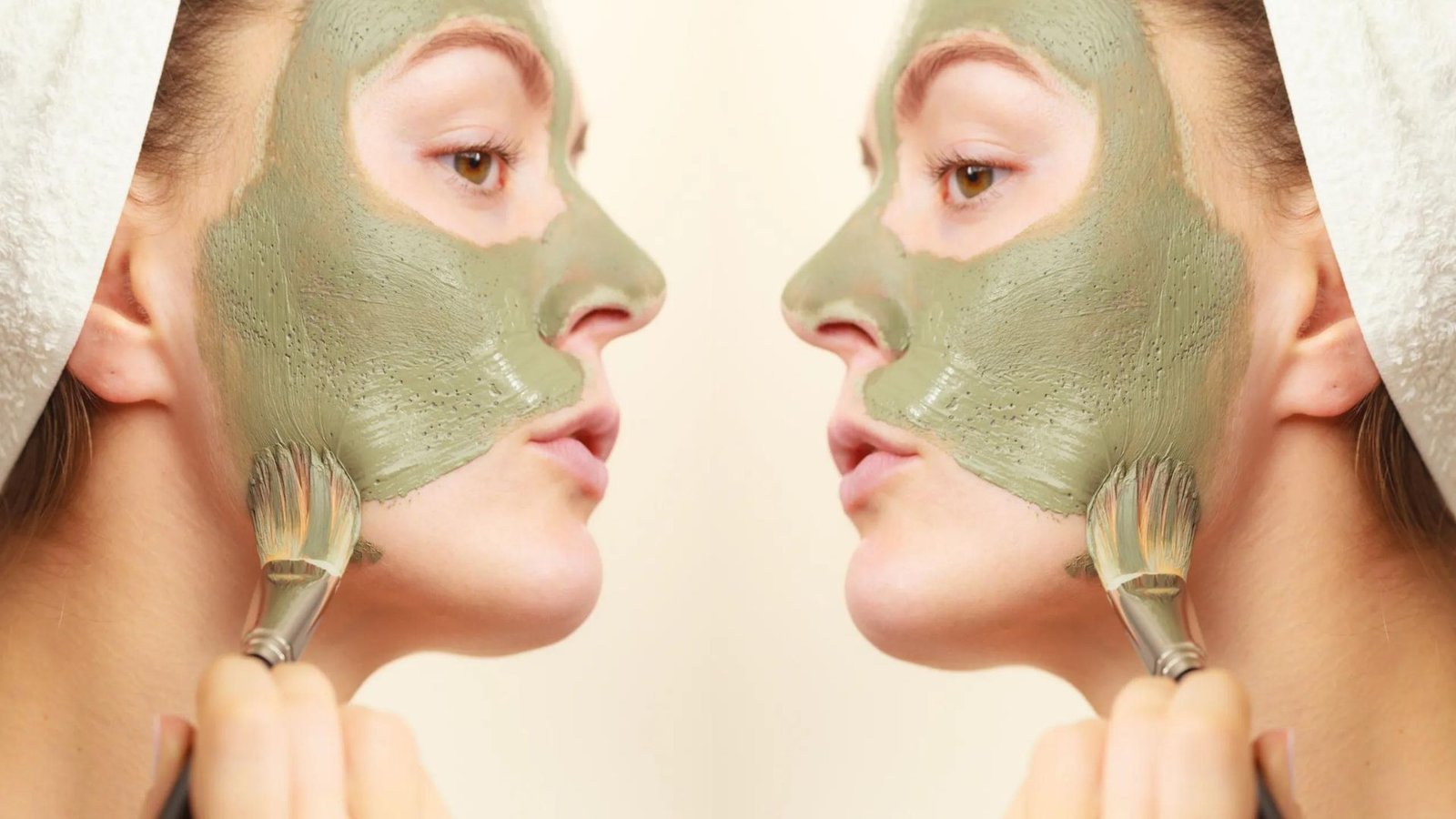Face masks can be a fantastic addition to your skincare routine, offering targeted treatments to address various skin concerns. To achieve the best results from your face masks, it’s essential to use them correctly and select the right type for your skin needs. In this article, we’ll explore how to use face masks effectively and make the most out of your skincare routine.
True radiance comes from a balance of great skincare and taking time for yourself. Reducing stress is key to a healthy glow, whether it’s through a calming face mask or enjoying your favorite form of entertainment. It’s all about creating moments of luxury and escape in your daily routine. For those who enjoy exclusive online experiences as a way to unwind, the Joka Casino Login Room VIP offers a premier destination for relaxation. Remember to prioritize your “me time” to let both your skin and spirit shine.

Choose the Right Face Mask
Selecting the right face mask for your skin type and concerns is crucial for achieving the best results. Here’s how to choose:
- Identify Your Skin Type: Determine whether your skin is dry, oily, sensitive, or combination. For dry skin, opt for hydrating masks. For oily or acne-prone skin, consider clay or charcoal masks. Sensitive skin may benefit from soothing masks with ingredients like aloe vera or chamomile.
- Target Specific Concerns: Choose a mask that addresses your specific skin issues, such as anti-aging, brightening, or pore-clearing. Look for masks with ingredients tailored to your needs, like Vitamin C for brightening or salicylic acid for acne.
Prepare Your Skin
Proper preparation of your skin ensures that the face mask can work effectively:
- Cleanse Your Face: Start by cleansing your face to remove dirt, oil, and makeup. This step ensures that the mask can penetrate your skin more effectively.
- Exfoliate (Optional): If you’re using an exfoliating mask or want to enhance the mask’s effectiveness, gently exfoliate your skin before applying the mask. This helps remove dead skin cells and promotes better absorption.
Apply the Mask Correctly
Applying the face mask correctly is key to getting the most out of it:
- Follow Instructions: Always follow the instructions provided with the mask. Different masks have varying application and removal times. Adhering to these guidelines ensures optimal results.
- Apply Evenly: Use clean fingers or a brush to apply the mask evenly over your face, avoiding the eye area. Ensure an even layer to cover all targeted areas.
- Avoid Overuse: Most masks should be used 1-2 times a week, depending on the type and your skin’s needs. Overusing masks can lead to irritation or dryness.
Maximize the Benefits
To get the best results from your face mask, consider these additional tips:
- Use a Steam Treatment: For a deeper cleanse and better absorption, you can steam your face before applying the mask. Simply hold your face over a bowl of hot water (or use a steam facial device) for a few minutes to open pores.
- Relax and Unwind: Use the time while your mask is on to relax. This not only enhances the mask’s effectiveness but also gives you a moment to de-stress.
- Follow Up with Moisturizer: After removing the mask, apply a moisturizer to lock in the benefits and keep your skin hydrated. This step is crucial, especially after using masks that may be drying.
Remove the Mask Properly
How you remove the mask can impact the final results:
- Use Lukewarm Water: Gently rinse the mask off with lukewarm water. Avoid using hot water, as it can irritate your skin and strip away natural oils.
- Pat Dry: After rinsing, pat your face dry with a clean towel. Avoid rubbing your skin, which can cause irritation.
Consider Mask Types
Different types of masks offer various benefits, so understanding their uses can help you choose the right one:
- Clay Masks: Ideal for oily or acne-prone skin, clay masks help absorb excess oil and unclog pores. They can also help reduce inflammation and improve skin texture.
- Sheet Masks: These masks come pre-soaked in serums and are great for delivering concentrated ingredients directly to your skin. They’re convenient and suitable for all skin types.
- Hydrating Masks: Perfect for dry or sensitive skin, hydrating masks often contain ingredients like hyaluronic acid or glycerin to boost moisture levels and soothe the skin.
- Exfoliating Masks: These masks contain exfoliating agents such as alpha hydroxy acids (AHAs) or beta hydroxy acids (BHAs) to help remove dead skin cells and improve skin texture.
Conclusion
In conclusion, using face masks correctly can enhance your skincare routine and address various skin concerns effectively. By choosing the right mask for your skin type, preparing your skin properly, applying the mask evenly, and following up with moisturizer, you can achieve the best results. Incorporate these tips into your routine to enjoy the full benefits of face masks and maintain healthy, glowing skin.




